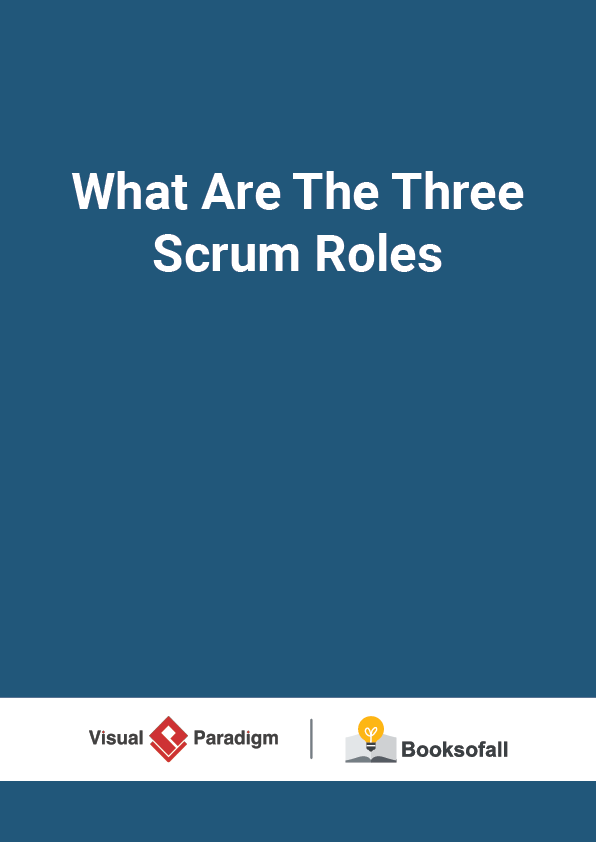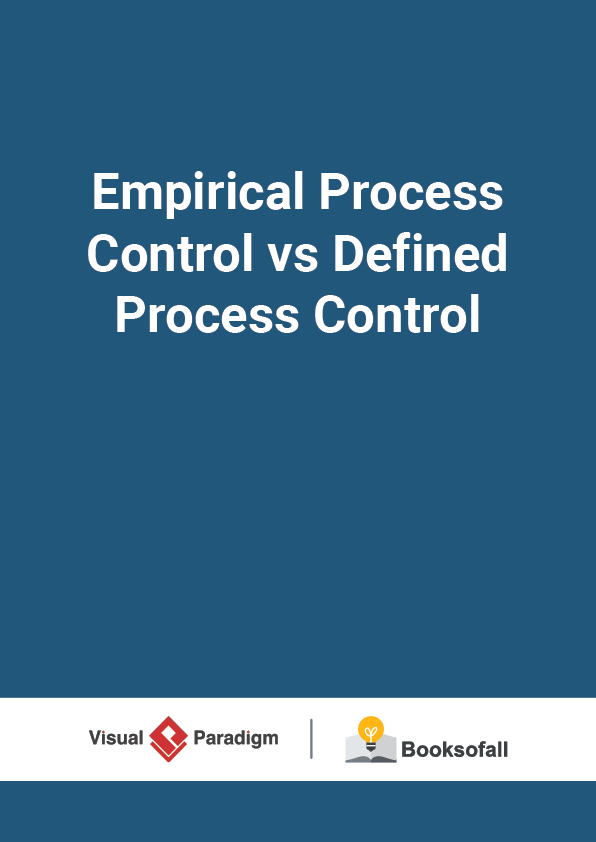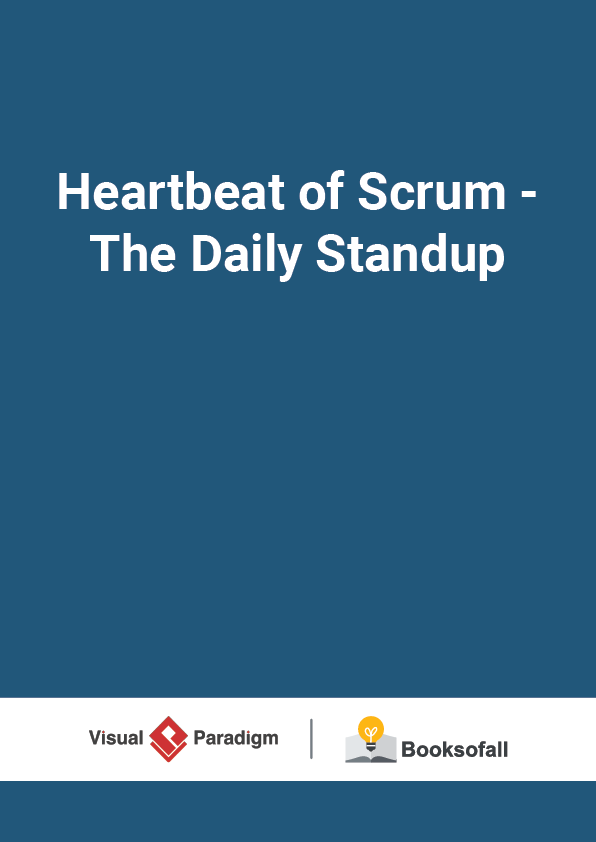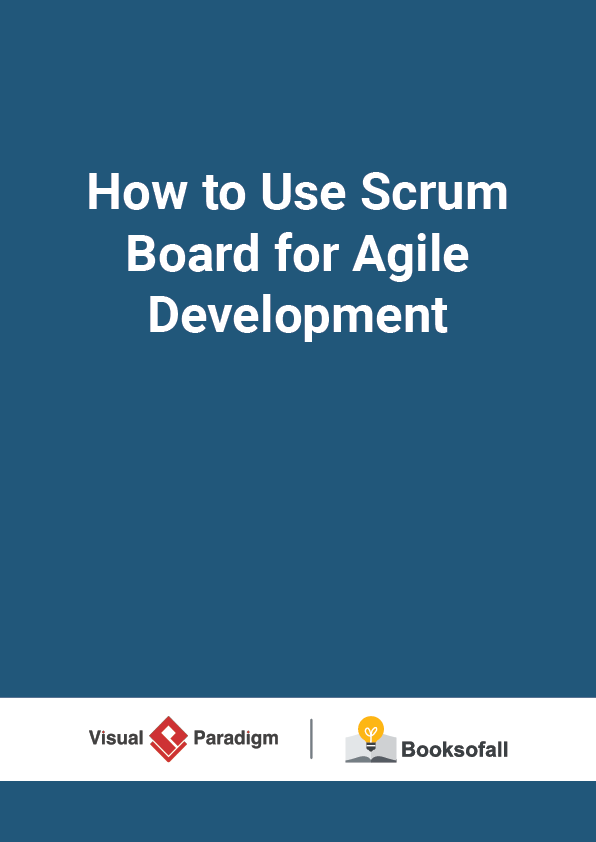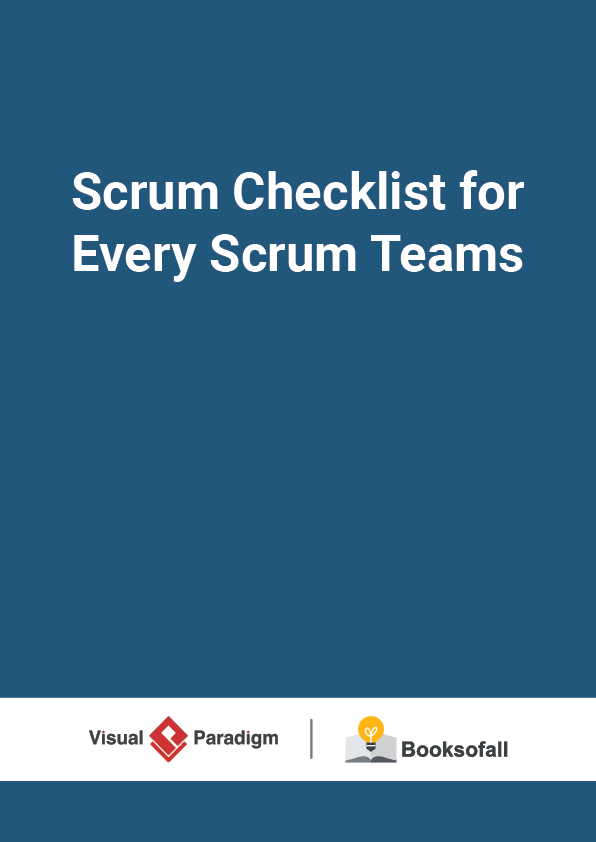What Are The Three Scrum Roles?
5-6 minutes
The roles in Scrum are quite different from the traditional software methods. Clearly defined roles and expectations help individuals perform their tasks efficiently. In Scrum, there are three roles: Product Owner , Development Team, and Scrum Master . Together these are known as the Scrum Team .
3 Scrum Roles
Scrum Master: Roles and Responsibilities
The Scrum Master helps the product group learn and apply Scrum to achieve business value. The Scrum Master does whatever is in their power to help the Team, Product Owner and organization be successful. The Scrum Master is not the manager of the Team members, nor are they a project manager, team lead, or team representative. Instead, the Scrum Master serves the Team; he or she helps to remove impediments, protects the Team from outside interference, and helps the Team to adopt Agile development practices. He or she educates, coaches and guides the Product Owner, Team and the rest of the organization in the skillful use of Scrum.
Scrum Master ensures everyone follows the practices prescribed by Scrum.
- A Scrum Master is a facilitator and Servant Leader who encourages and demands self-organization from the development team.
- A Scrum Master enables close cooperation across all roles and functions, addresses resource issue and disobedience of scrum practices.
- A Scrum Master protects the team from external and internal distractions.
- A Scrum Master removes impediments so the team can focus on the work at hand and follow scrum practices.
- A Scrum Master is not typically a manager or lead, but he is an influential leader and coach who does not do direct command and control.
Scrum Master Roles
Scrum Product Owner: Roles and Responsibilities
The Product Owner is responsible for maximizing return on investment (ROI) by identifying product features, translating these into a prioritized list, deciding which should be at the top of the list for the next Sprint , and continually re-prioritizing and refining the list. The Product Owner has profit and loss responsibility for the product, assuming it is a commercial product. Product Owner in Agile is like a spokesperson for customer and needs to represent them,
- A Product Owner owns the Product backlog and writes user stories and acceptance criteria .
- A Product Owner is responsible for prioritizing the Product Backlog is prioritized and decides the release date and the content.
- A Product Owner accepts or rejects product backlog item.
- A Product Owner has the power to cancel the Sprint, if he thinks the Sprint goal is redundant.
- A Product Owner is the one who is responsible for the Return on Investment (ROI)of the product.
Product Owner Roles
Development team: Roles and Responsibilities
A Development Team is a collection of individuals working together to develop and deliver the requested and committed product increments. It comprises of cross-functional members who are capable of achieving the sprint goals. This could include software engineers, architects, programmers, analysts, system admins, QA experts, testers, UI designers, etc.
- The Development Team builds the product that the Product Owner indicates: the application or website, for example. The Team in Scrum is “cross-functional” The Development Team includes all the expertise necessary to deliver the potentially shippable product each Sprint
- The Development Team is self-organizing, with a very high degree of autonomy and accountability.
- The Development Team decides how many items to build in a Sprint, and how best to accomplish that goal. The Development Team is a cross functional, small and self-organizing team which owns the collective responsibility of developing, testing and releasing the Product increment.
- The Development Team may not appoint any team lead since decisions are taken collectively by the team.
